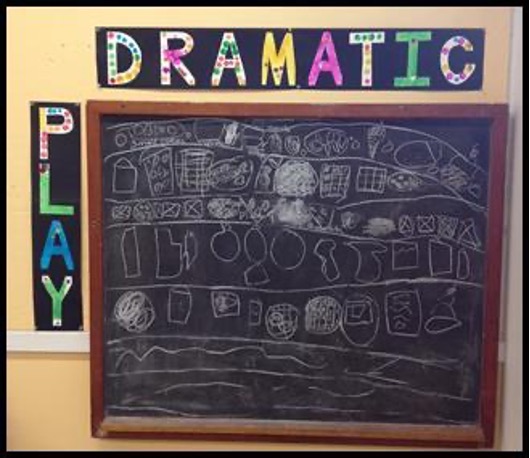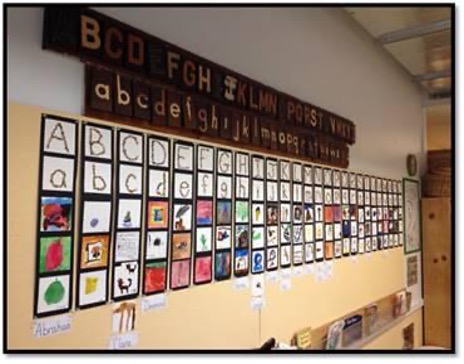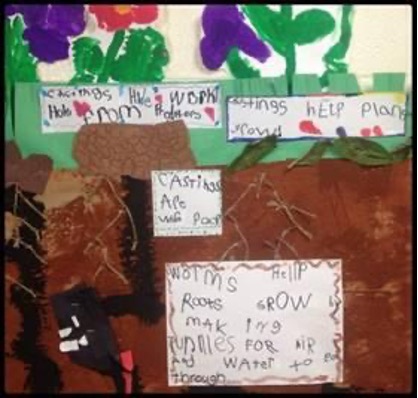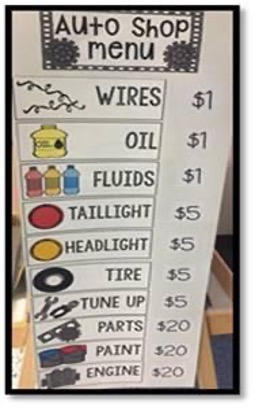A longer version of this content also appears in the Vocabulary Guide.

Children are surrounded by environmental print. They begin to ‘read’ this print at an early age through repetitive exposure, and use it to construct knowledge and make sense of their world. Environmental print supports the development of a memory for words. It also inspires children to be writers and helps them produce readable text. To support children’s engagement with environmental print, create a print-rich environment. This does not mean charts, posters, and labels on every surface of your classroom. Instead, it is carefully curated print that aligns with the current curriculum and is both teacher and child-generated.



In your classroom:
- Encourage children to make their own word walls, classroom alphabet, and signs for areas of the classroom.
- Display children’s work (drawing and writing) alongside photos of them engaged in the process.
- Create vocabulary rings and/or a poster of local businesses that children frequent.
- Include signs, maps and blueprints in the block area and attach local business icons to the blocks.
- Place cookbooks and menus in dramatic play
- Provide clipboards, index cards, paper, pencils and tape throughout the classroom so children can draw, write and make signs and labels.
Words Make Sentences (Morning Message)
Morning Meeting (see the Morning Meeting Guide) is an opportunity to build oral language and demonstrate public writing. Reading words slowly as you write them, sounding out a few words when appropriate, emphasizing sounds, and reading the whole sentence or sentences as a whole, help children to see the words they hear come to life on paper. Write words using mostly lower case letters with upper-case used appropriately.
Working with other large print formats such as song charts, big books, and whole-group writing experiences (i.e. story of the day) also provide opportunities to explore how words combine to make meaningful sentences.
Game – How many words?: “I am going to say a sentence and you count how many words.” Can have the sentence written on a sentence strip and then count the words or put a counter over each word and count the counters.